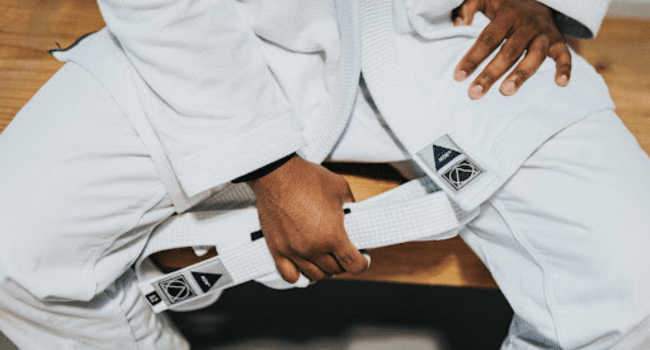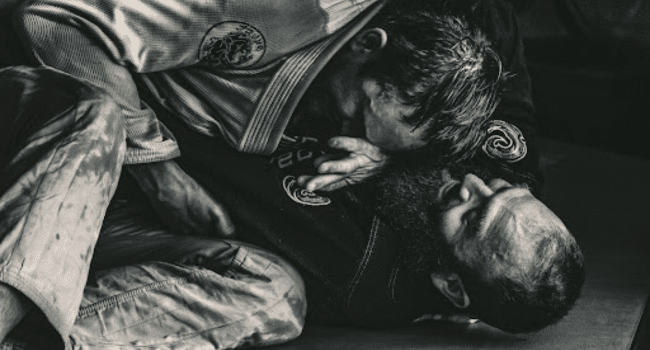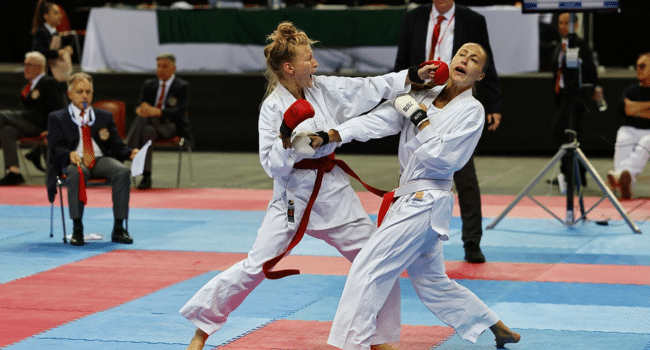Table of Contents
Martial arts is an umbrella term that encompasses a diverse variety of combat practices, each with its unique techniques, traditions, and philosophies. Originating from different parts of the world, these practices have evolved over the centuries, shaping cultures, influencing societies, and more importantly, transforming individuals. This article provides an overview of the different types of martial arts and their distinguishing features. Keep reading.
Understanding the Diversity of Martial Arts
Martial arts can be categorized based on several criteria such as the techniques they emphasize, their geographical origin, and their application in combat scenarios. The diversity is reflected in the myriad of styles ranging from Karate, Judo, and Taekwondo, to name a few.
Each martial art form comes with its unique set of skills and benefits. Some styles focus on strikes and kicks, others on grappling and holds, while some include the use of weapons. The choice of martial arts heavily depends on personal preference and individual fitness goals.
For instance, if you reside in the southern region of California and looking for a way to boost your physical and mental discipline, you might consider enrolling in the martial arts school San Diego CA class.
Getting an understanding of different martial arts allows you to make an informed decision about which style to pursue based on your fitness goals, personal interests, or even self-defense needs.
Delving into the World of Striking Martial Arts

Striking martial arts primarily focuses on attack and defense using punches, kicks, strikes, and blocks, making use of the body’s natural weapons—the hands, feet, elbows, and knees. Known for their flashy, powerful, and agile movements, these styles often emphasize speed, power, timing, and technique.
Karate and Taekwondo are ideal examples of striking martial arts. Originating from Japan and Korea respectively, these styles have become popular worldwide for their focus on discipline, strength, and speed.
Boxing, another striking martial art, emphasizes punches, footwork, and evasion tactics. Muay Thai, a form of martial arts from Thailand, incorporates strikes with both the fists and the legs, including powerful knee strikes.
Capoeira, a dynamic Brazilian martial art, is a fascinating blend of acrobatics, music, dance, and strikes, making it an interesting and fun method to improve overall fitness and flexibility.
Exploring the Technique of Grappling Martial Arts
Grappling martial arts emphasize holds, takedowns, joint locks, and submissions, and focus on disabling an opponent using manipulation of the body rather than strikes. These styles often place a significant emphasis on ground combat.
Judo, a Japanese martial art, for instance, is popular for its dynamic throws. Brazilian Jiu-Jitsu, heavily influenced by Judo, is renowned for its complex ground fighting techniques and specialization in submissions.
Wrestling, one of the oldest forms of combat, is yet another grappling martial art that focuses on taking down and controlling the opponent. Sambo, a martial arts style from Russia, combines the best elements of judo and wrestling with its complex throws and ground control techniques.
These martial arts are ideal for those looking to improve their overall strength, flexibility, and endurance, along with the ability to defend themselves in close-quarters combat.
The Art of Weapon-Based Martial Arts

Some martial arts focus on the use of weapons. These styles often teach the handling of various traditional weapons like swords, staffs, and nunchaku, alongside unarmed combat.
Kendo, for example, is a Japanese martial art that teaches the way of the sword, mimicking the battles of ancient samurai. In contrast, the Filipino martial arts of Kali and Eskrima emphasize the use of sticks and knives.
European Historical martial arts, like Historical European Martial Arts (HEMA), provide training with weapons like the longsword, rapier, and dagger in a historical context.
Practicing weapon-based martial arts can help improve coordination, precision, and decision-making under pressure. It should be noted, however, that safety is the prime focus in these martial arts, and actual weapons are usually substituted with wooden or bamboo versions to prevent injuries.
The Influence of Hybrid Martial Arts in Modern Times
Modern times have witnessed the evolution of hybrid martial arts, which draw techniques from various martial arts to provide a comprehensive combat system.
Mixed Martial Arts (MMA) is one such hybrid system that incorporates striking, grappling, and submissions into a unified fighting style. This combat sport has gained immense popularity worldwide through organizations like the Ultimate Fighting Championship (UFC).
Krav Maga, a martial art developed for the Israeli military, integrates practical techniques from boxing, wrestling, and judo for real-world self-defense. Brazilian Jiu-Jitsu also effectively combines techniques from Judo and traditional Jiu-Jitsu.
These martial arts are attractive for those seeking an engaging full-body workout and practical self-defense skills. They provide a diverse range of techniques for versatile combat proficiency.
Overall, choosing a martial art is indeed a personal journey, influenced by individual objectives and interests. Regardless of the pick, the benefits of practicing martial arts extend beyond physical fitness, providing mental toughness, confidence, discipline, and a sense of accomplishment.
Read More on KulFiy
